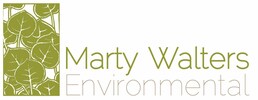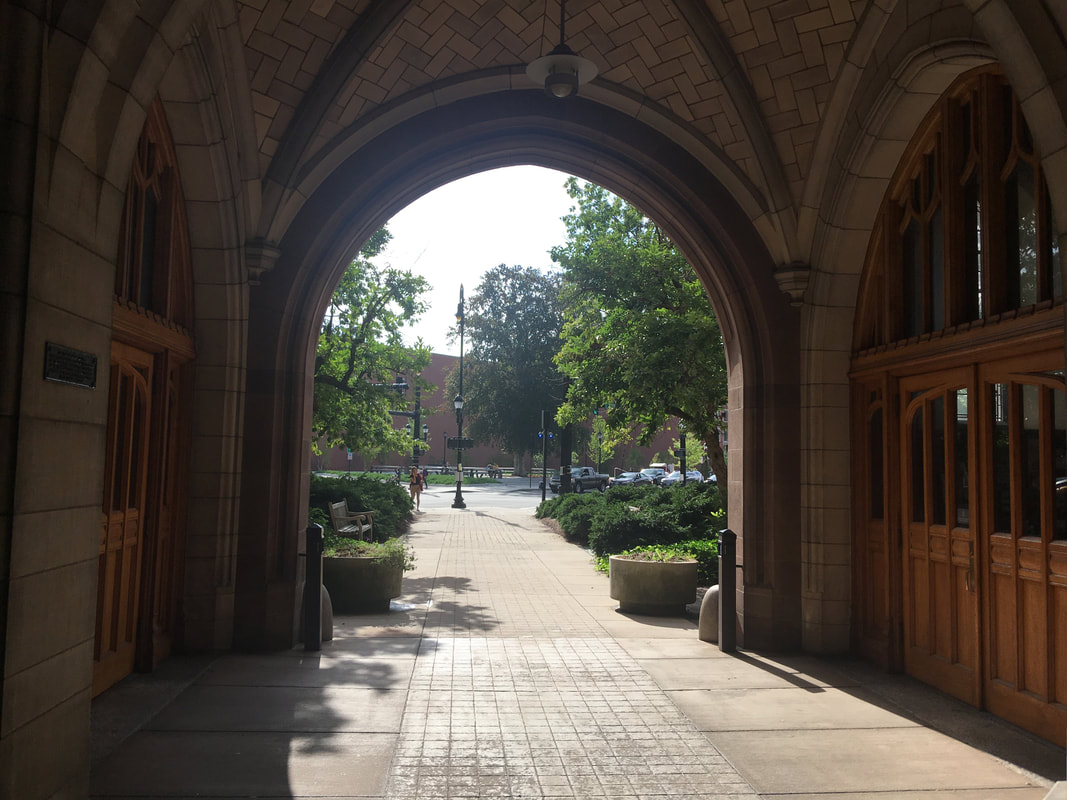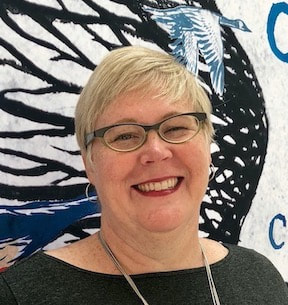|
I had an opportunity recently to meet with some students involved in the Fossil Free initiative. As the New York Times reported last month (http://dealbook.nytimes.com/2013/09/05/a-new-divestment-focus-fossil-fuels/), over 300 college campuses have student-led initiatives to encourage their institutions to divest. One of my first college experiences was learning about the divestment campaigns against South African Apartheid. When I arrived at Oberlin College in 1983, there was a shanty town in the school green, and before I knew it I was drawn into an occupation of the college President’s office. I still vividly remember helping to haul food up to the occupiers on the second floor of the administration building in 5-gallon buckets and handling their waste materials -- my first waste management project! Three years later, I was working for the campus police as a dispatcher and remember the summertime sweep to remove the shanty town once and for all.
This campaign appears to be much more civilized (http://gofossilfree.org/). I had a chance to take a look at this program in more detail and had a few observations. 1. The Fossil Free campaign is very specific, targeting just 200 large resource companies, all of them publicly listed. This may present a challenge when talking with college investment committees, since most institutional investors who are actively managing their environmental, social, and governance (ESG) risks approach their portfolios with a very balanced perspective. They are considering climate impacts among a whole list of ESG issues. Oil, gas, and coal resource companies would tend to be balanced in their portfolios with renewable and other low-carbon technologies and things like energy efficiency and life cycle impacts. CALPERS is an excellent example of a large institutional investor that integrates ESG risk management into their overall approach, and they also have the best report. 2. The selection process used to identify the 200 targeted companies involved some good, fundamental research. Does it make sense for students to push for more disclosures from these 200 companies, if they are represented in their school’s investment portfolio? To me, it makes more sense to focus more on metrics for the portfolio and investment strategy. Even if a school doesn’t want to disclose at the level of individual company investments, it would be reasonable to request that they provide information on the following:
3. More reporting and transparency by colleges on their investment portfolios is inevitable, as students and alumni become more engaged and committed to ESG principles. The Calpers portfolio is an excellent example of socially responsible investment activities. This report from 2012 (http://www.irrcinstitute.org/pdf/FINAL_IRRCi_ESG_Endowments_Study_July_2012.pdf) received good media coverage and provides an excellent idea of what that reporting might look like. As it notes for Yale University, where I completed my graduate studies, Yale actually disclosed some information about its portfolio in 2009, none of the more recent endowment reports have any comparable data. From the report: The largest capital investment by any school, representing just over half of the total sustainable investments reported to STARS, is Yale University’s $1.4 billon holdings in sustainable timber, renewable energy, and clean technology. Yale highlighted its sustainable timber and cleantech investments in its 2009 endowment report. At that time, Yale touted $100 million in venture capital investments in early-stage cleantech companies and three million acres of timberlands certified by either Forest Stewardship Council or the industry-backed standards of the Sustainable Forestry Initiative. Though sustainable investing was not discussed in Yale’s 2010 Endowment Report, based on the university’s AASHE response and recent press, its investments in sustainability continue to grow. In March 2011, Yale announced an endowment investment in the Record Hill 22-turbine wind power project near Roxbury, Maine. The case of Yale highlights how alternative asset classes such as private equity and venture capital and real assets such as timber can be particularly well suited for investments in environmental sustainability.
0 Comments
Leave a Reply. |
Marty WaltersEnvironmental Scientist Archives
March 2021
Categories
All
|
Proudly powered by Weebly



 RSS Feed
RSS Feed